Sinus Lifts
Tooth loss often leads to jawbone loss, but dental implants need a solid foundation of bone to support it. When bone loss occurs in the upper premolar or molar areas, the sinus can fill in the gap left by the receding bone. However, a sinus lift may be necessary if dental implants are desired.
How to Know if You Need a Sinus Lift
The upper premolar and molar tooth roots can sometimes occupy the sinus cavity or be positioned very close to it. As a result, it’s common for bone loss associated with tooth loss to affect the sinus cavity. In circumstances such as these, we will perform a sinus lift/augmentation before placing implants.
Following Sinus Augmentation
Recovery from the procedure is typically uneventful. We’ll prescribe a saline solution to help mitigate dry nasal tissue. Please avoid blowing your nose after a sinus lift. Nosebleeds are common following sneezes.
What’s Involved in the Procedure?
Before we start the procedure, we prepare by taking x-rays of the jaw and sinus area so we know what must be done. We strongly recommend that patients with seasonal allergies avoid getting a sinus lift while allergies are active. A local anesthetic is applied to numb the site before we get started. Then, we’ll make a small incision in the bone where the tooth used to be to access the bottom of the sinus cavity (Schneiderian membrane). The sinus is carefully pushed up into a higher position in the cavity.
The result is a free space between where the bone ends and the sinus begins, encouraging the bone to naturally grow and fill that space. A bone graft will be placed to prevent the sinus from falling back into its original position and to encourage bone growth. When the graft is in place, we suture the gum tissue closed. We’ll leave the site to heal for anywhere from four to nine months, but exact times will vary depending on how much material needs to be placed. The long recovery time allows the graft to meld with the jaw.

